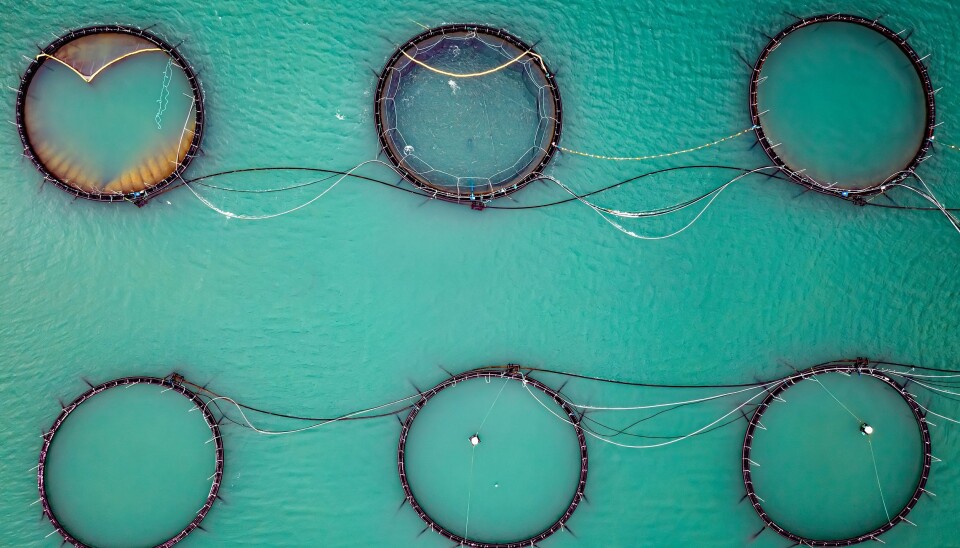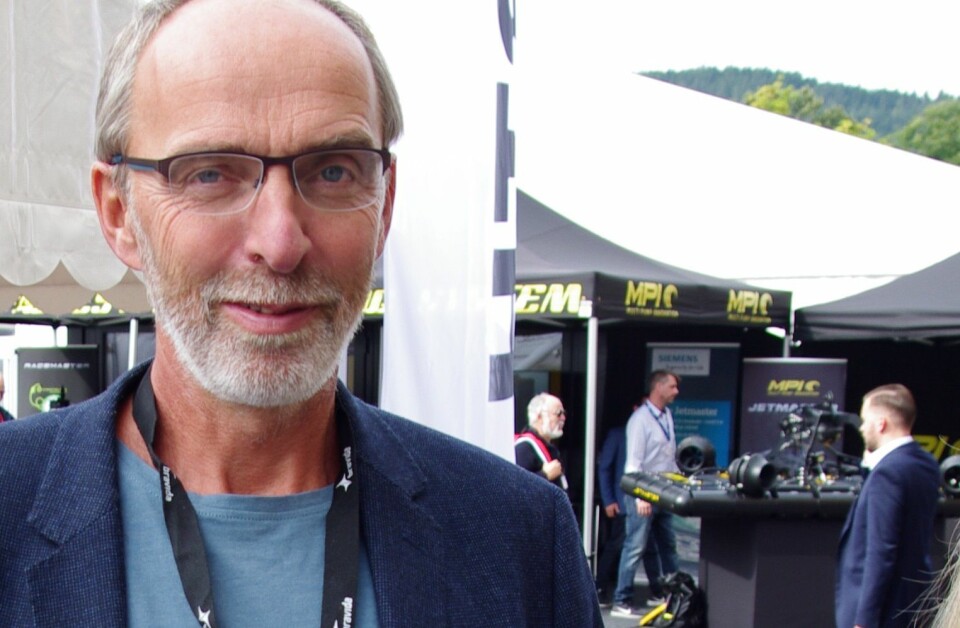
Feeding the future’s farmed salmon
One of the biggest critiques of farmed salmon is that their feed is made from raw materials that could be eaten by humans. Norwegian scientists are working to make fish food from trees and leftovers from the food industry.
When salmon aquaculture was first developed in the 1970s, fish farmers fed salmon feed that was made from other fish.
As the industry grew and developed through the 1990s, salmon food continued to be made of fishmeal and fish oil. Some of the raw materials came from residues from the fishing industry. Nevertheless, a lot still came from wild-caught fish from the sea.
By the early 2000s, it became clear that this practice was not sustainable.
Researchers and the industry joined forces to develop plant-based protein sources that could be mixed into the feed. Today, farmed salmon are mostly vegetarian, with 70 per cent of the main ingredients in fish food derived from plants.
But producing vegetarian farmed salmon hasn’t solved all of the industry’s challenges when it comes to sustainable sources of fish food.
Insects and yeast rather than soy and wheat
The plants that make up today’s salmon feed are often the same as are eaten by humans: soy, sunflower, corn, beans and wheat. That means that these foods have to be grown to feed fish, where in at least some cases, that same food could be used directly as human food.
With the globe’s population continuing to climb and climate change threatening to reduce the ability of agriculture to feed a hungry planet, the aquaculture industry is once again faced with the need to change if it wants to provide a sustainable source of human food for decades to come.
Researchers at the Norwegian University of Life Sciences (NMBU) are working to develop the fish food of the future, made from ingredients such as insects and yeast.
Erik-Jan Lock, director of research at the Institute of Marine Research in Bergen says that NMBU is not alone, and that similar efforts are underway in a number of other countries.
“If we can develop fish feed from sustainable sources, the salmon industry has a good future,” he said.
Marmite, Vegemite and fish food
Leidy Lagos is a PhD candidate at NMBU who is studying how yeast could be turned into fish food.
People, particularly from the UK and Australia, actually eat a type of yeast prepared as a spread on bread or crackers — it’s the sticky brown salty stuff that comes in jars and is called Marmite in the UK and Vegemite in Australia.
The Germans during WWII also ate yeast as a spread because it was a good source of protein in a situation where meat, fish, milk and eggs were scarce.
Now, it may be salmon that feast on yeast.
Lagos, who is affiliated with the Foods of Norway research centre, says yeast can live on food that humans cannot consume, such as leftovers from the paper pulp and meat industries.
“We use special enzymes developed here at NMBU to break down these by-products into carbohydrates, which the yeast can use to grow,” she said.
The researchers have already tested the concept in the laboratory and believe it should be possible to scale up production.
But they also need to answer another important question: Can fish really live on feed that contains yeast?
Plants can cause inflammation
It’s not easy to change the ingredients in salmon feed, as researchers discovered the last time they shifted feed away from fish-based raw materials.
A salmon's digestive system is basically not adapted to plant food and when the change was first made in the 2000s, the fish neither liked nor tolerated plant feed very well.
“If you give them untreated soy flour, they can get inflammation of the intestine,” Lagos says.
As a result, soy has to be processed into soy protein concentrate before it can be added to fish feed. The protein concentrate doesn’t cause intestinal inflammation in salmon.
Researchers thus need to know how yeast will affect salmon if it is included in their feed.
Promising beginnings
Lagos says tests so far show that salmon like the way the yeast-based food tastes, and that they grow well and appear to be healthy.
“It looks like the fish can consume feed made with as much as 25 per cent yeast and still be healthy,” says Lagos.
Lagos and her colleagues still need to do more studies - for example, longer trials to see how the yeast-based feed affect fish growth, health and intestinal flora.
In addition, other researchers at NMBU have begun studies of other possible ingredients for salmon feed, including fly larvae grown on food waste.
Taken together, these new raw materials can help to make farmed salmon a sustainable product.
“Perhaps yeast could make up 10 per cent of the feed, while insects make up 30 to 40 per cent,” Lagos says. “The goal in the long term is to completely stop using fishmeal.”
---------------------------------
Read the Norwegian version of this article at forskning.no































